Vegetarian, Vegan, Burmese Khow Suey
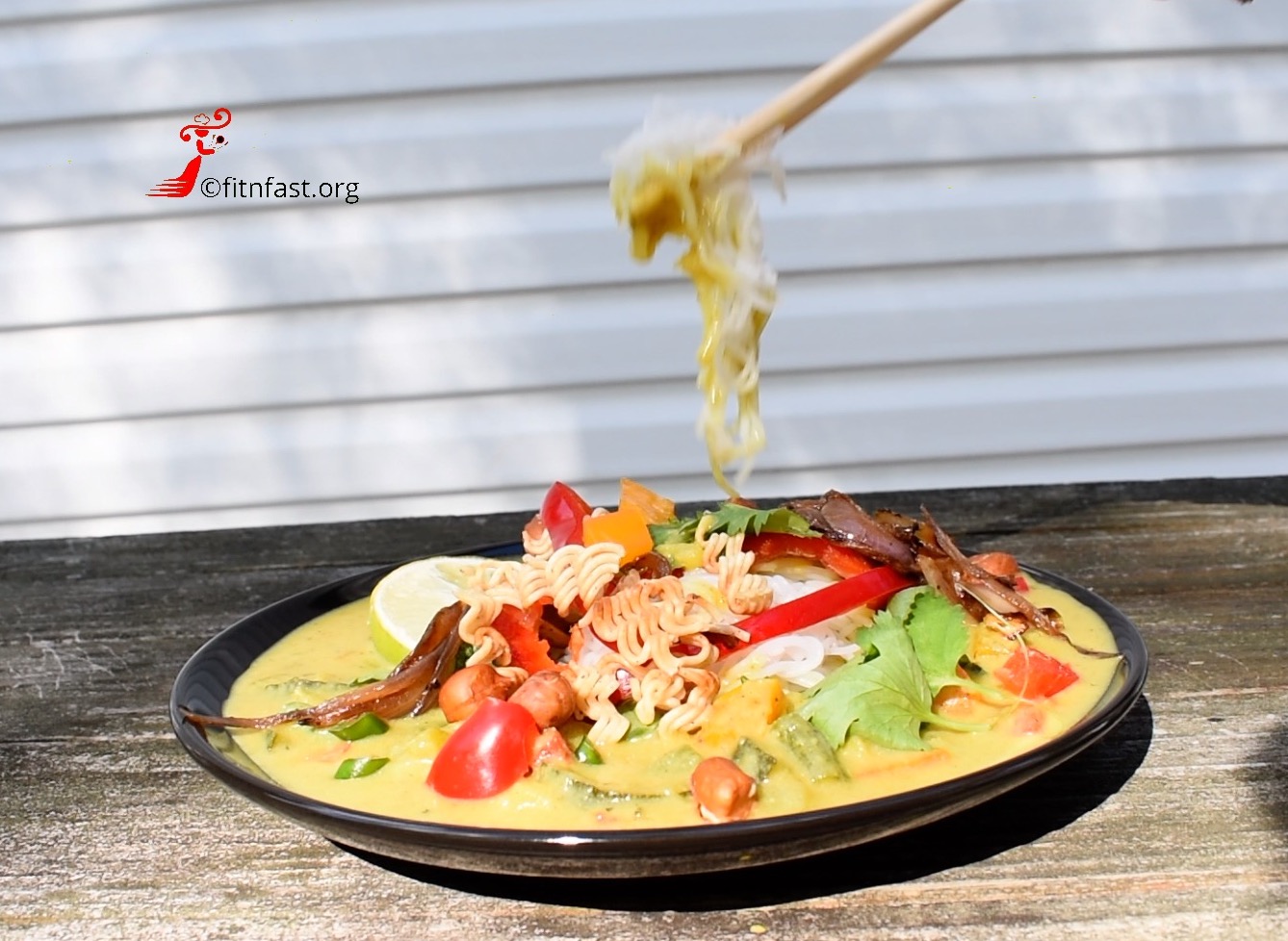
Khow Suey is a popular wholesome one pot meal from Burma. Explore this Vegetarian, Vegan version of Burmese Khow Suey full of flavors which is a wholesome bowl of health and goodness.
The dish, known as ohn no khao swè, originated in Myanmar (Burma), and came to East India with Indians who migrated from Burma during World War II.
Khowsuey is a dish where you will find multiple layers and each layer will have a distinct taste and flavor.
Layers of Khow Suey
The base of Khow Suey is freshly cooked noodles. Traditionally Rice Noodles form the base layer but you may use any noodle of your choice. Second layer is of a hot ,vegan, coconut milk based broth over noodles. This broth or curry has various vegetables which help to make this dish a complete meal it itself.
The top most layers of Khow Suey are the various toppings or condiments. The toppings typically include deep fried or roasted Garlic, deep fried or roasted onion slices, roasted peanuts, green chilli, friend or roasted noodles etc. A dash of Lime juice on top takes this dish to the next level.
There is no end to the kind of vegetable which you can use in Vegetarian, Vegan, Burmese Khow Suey. You are free to use any seasonal vegetable which is available to you locally.
Coconut milk is the king of this recipe. Coconut milk lends a creamy texture and a heavenly aroma to the gravy.
This Veg Burmese Khow Suey gives you an opportunity to sneak in any vegetable which you otherwise don’t eat. This is an easy recipe. Within no time, your bowl of ultimate wholesome goodness will be ready.
Lets get set to making this nourishing recipe bursting with flavor this winter.
You may check some other main course recipes of mine here:
Veg Burmese Khow Suey
Equipment
- Vitamix
Ingredients
Condiments
- 1 tbsp Oil
- 6 cloves Garlic 6 Large cloves pr 10 small cloves.
- 1 Number Onion
- 2 Numbers Green Chillies. finely chopped.
- 1 piece Lemon. Cut into wedges
- ½ piece Bell pepper. Cut into thin slices. Use any color locally available.
- ½ cup Roasted peanut
- ½ cup Coriander leaves. Chopped.
- ½ cup Deep fried or roasted noodles.
Paste for Curry
- 1 cup chopped onion
- 1 tbsp chopped Garlic
- 1 tbsp chopped Ginger
- ½ inch Fresh turmeric. Can use 1/2 spoon turmeric powder instead.
- 1 tsp Cumin powder
Ingredients for curry
- 1 tbsp Oil.
- ¼ cup Chickpea flour
- 2 cups Coconut Milk
- 2 tsp Salt
- 1 tsp Ground Pepper
- ½ cup Sliced Zucchini or Ridge gourd
- ½ cup Blanched cubed carrots
- ½ cup Blanched chopped french beans
- ½ cup Blanched Broccoli or Cauliflower
- ½ cup Chopped Bell peppers. Use any color of your choice.
To Serve
- 2 cups Boiled Rice Noodles. You can use any type of Noodles as per your choice. But traditionally Khow Suey is served with fresh rice noodles.
Instructions
Prepare Condiments or Toppings
- Heat Oil.
- Add sliced garlic pieces and fry till golden brown. Keep aside.
- Add sliced onions to the same oil and saute till dark brown. You can even bake onions in the oven till they turn crisp. Keep aside.
- Finely chop green chillies and keep aside.
- Roast peanuts and keep aside.
- Cut a lemon or lime into wedges and keep aside.
- Chopped coriander leaves.
- Slice Bell Peppers and keep aside.
- Deep fry or roast some Noodles and keep aside.
- Keep all prepared condiments aside till the time of serving/
Prepare Curry
- Heat Oil in a heavy bottomed pan.
- Add the prepared paste and cook.
- Cook till water evaporates.
- Add chickpea flour.
- Saute for about 5 minutes.
- Add 2 cups of Water.
- Mix thoroughly to remove any lump.
- Add Salt to gravy.
- Add crushed pepper to the gravy.
- Let one boil come.
- Then add sliced Zucchini.
- You can use a ridge gourd in place of Zucchini.
- Cook for a few minutes till the zucchini is partially cooked.
- Add blanched carrots.
- Add blanched beans.
- Add blanched broccoli/cauliflower.
- Add bell peppers.
- Cover and cook for about 4 minutes.
- Open Lid and add coconut Milk.
- Simmer till curry starts to boil.
- Turn off flame when one boil comes.
Serving Khow Suey
- Take fresh boiled rice noodles in a bowl.
- Pour prepared coconut curry over noodles.
- Put sliced bell peppers on top.
- Put coriander.
- Put chopped green chillies.
- Put fried garlic.
- Put fried onions.
- Put fried noodles.
- Put roasted peanuts.
- Squeeze lime.
- Serve hot.Enjoy a hearty, wholesome, nourishing , one pot meal.
Nutrition Facts
6 servings per container
- Amount Per ServingCalories369
- % Daily Value *
- Total Fat
22.76g
36%
- Saturated Fat 17.46g 88%
- Sodium 716mg 30%
- Potassium 557.72mg 16%
- Total Carbohydrate
38.07g
13%
- Dietary Fiber 5.28g 22%
- Sugars 5.91g
- Protein 7.26g 15%
- Vitamin A 10%
- Vitamin C 53%
- Calcium 5%
- Iron 20%
- Magnesium 18%
* The % Daily Value tells you how much a nutrient in a serving of food contributes to a daily diet. 2,000 calories a day is used for general nutrition advice.





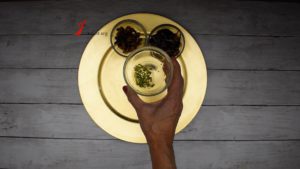
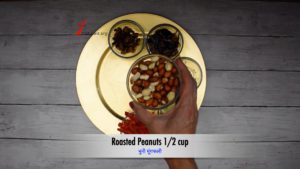
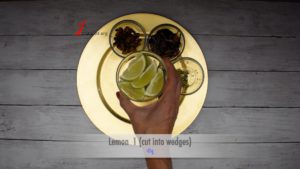
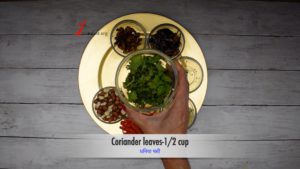
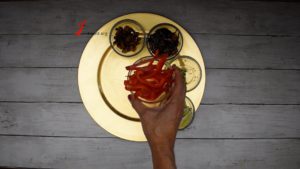
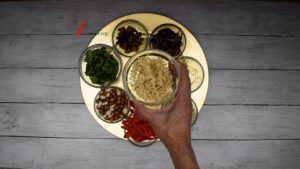
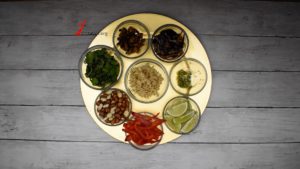
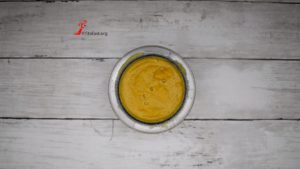

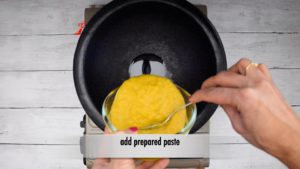
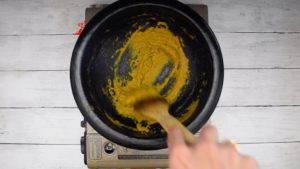
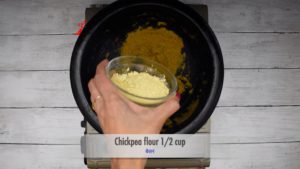
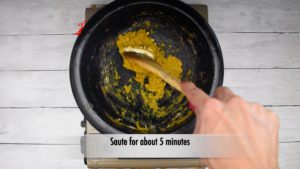
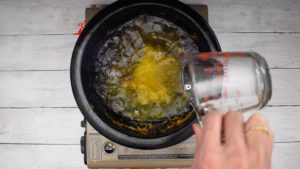
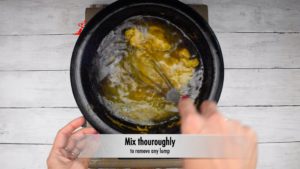
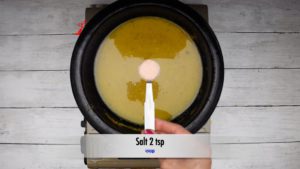
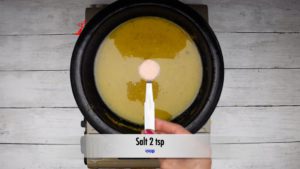
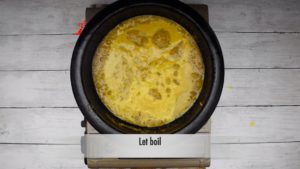
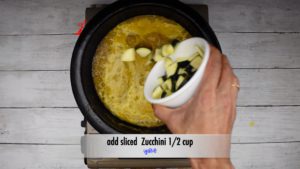
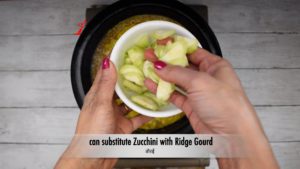
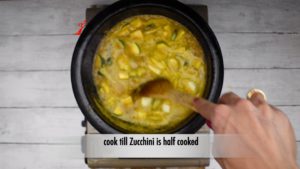
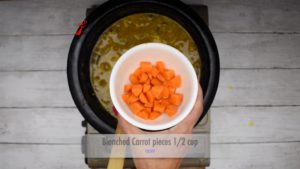
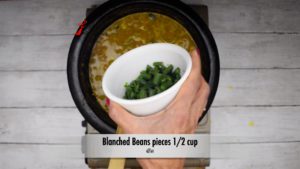

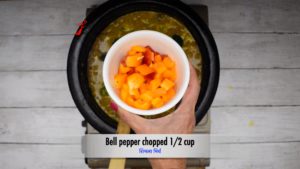
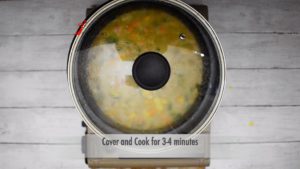
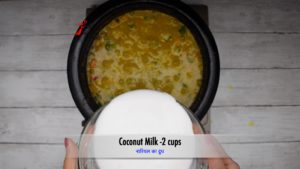
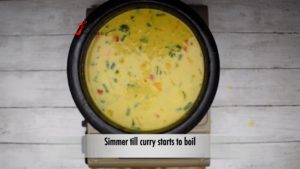
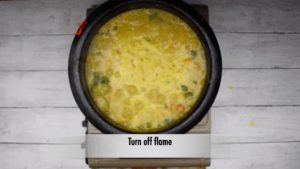


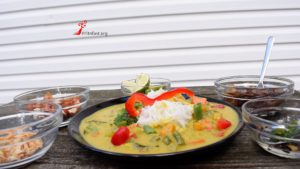
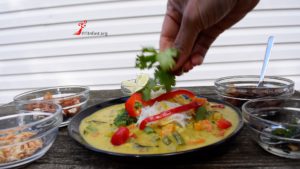



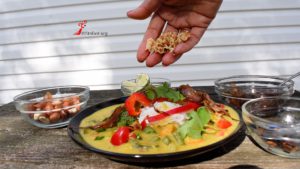
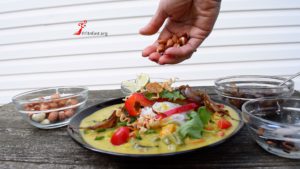
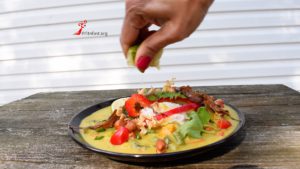
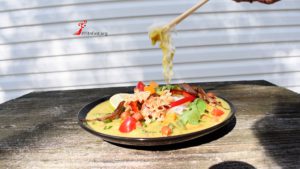
You must be logged in to post a comment.